Tar spot in corn was first identified last year in Ontario on September 21, 2020 and confirmed to overwinter in Ontario on July 2, 2021 in West Elgin. Since then, […] Read more
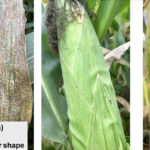
Update on tar spot in corn
OMAFRA Field Crop Report for August 18
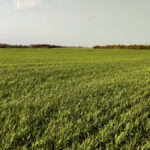
Cover crops for weed management
OMAFRA Field Crop Report for August 4
It’s the time of year when Ontario farmers are turning their attention to seeding cover crops following cereal harvest. Each grower has their own reasons for growing a cover crop […] Read more
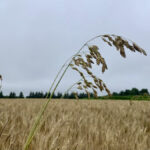
Grassy weeds in winter wheat at harvest
OMAFRA Field Crop Report for July 28
Three different types of grassy weeds have been found above the winter wheat canopy at harvest this year. To prevent them from becoming a problem, they need to be identified […] Read more

Revitalizing soil with manure and cover crops after harvesting wheat
OMAFRA Field Crop Report for July 21
Wheat in a crop rotation provides many benefits, including spreading weather risks that can impact yields and balancing workload more evenly between planting and harvest season. Wheat also provides the […] Read more
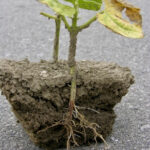
Root rot, white mould and crop pest insects
OMAFRA Field Crop Report for July 13
There are mixed reports on the health of dry beans in Ontario this season. While many fields look good, rains following the initially dry conditions at planting have increased the […] Read more
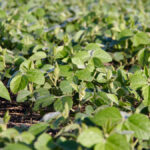
Are double crop soybeans following wheat harvest in your plans?
OMAFRA Field Crop Report for July 7
The unprecedented price of soybeans has fueled considerable interest in double cropping soybeans. As winter wheat comes off there are a number of factors that should be considered. Since half the growing season […] Read more

Much ado about crop pest insects
OMAFRA Field Crop Report for June 23
It is proving to be another good insect year with several early season pests keeping everyone busy scouting to stay ahead of. Going into July and August, there are a […] Read more
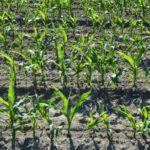
Corn stand checkup
OMAFRA Field Crop Report for June 16
Scouting corn between emergence and knee high provides a report card on seedbed preparation, planter operation and agronomic practices affecting early plant establishment and growth. Causes of issues can often […] Read more
Corn N status and forage crop bugs
OMAFRA Field Crop Report for June 9
Corn Nitrogen Status Nitrogen mineralization is favoured by warm soil temperatures with adequate soil moisture and aeration. Excess moisture can slow mineralization or increase the potential for losses through denitrification […] Read more
How are Ontario soybeans holding up?
OMAFRA Field Crop Report for June 2
The majority of the soybean crop was planted by May 20th. Although plant stands have generally been good, there are fields with poor emergence. Poor soybean stands can be caused […] Read more
